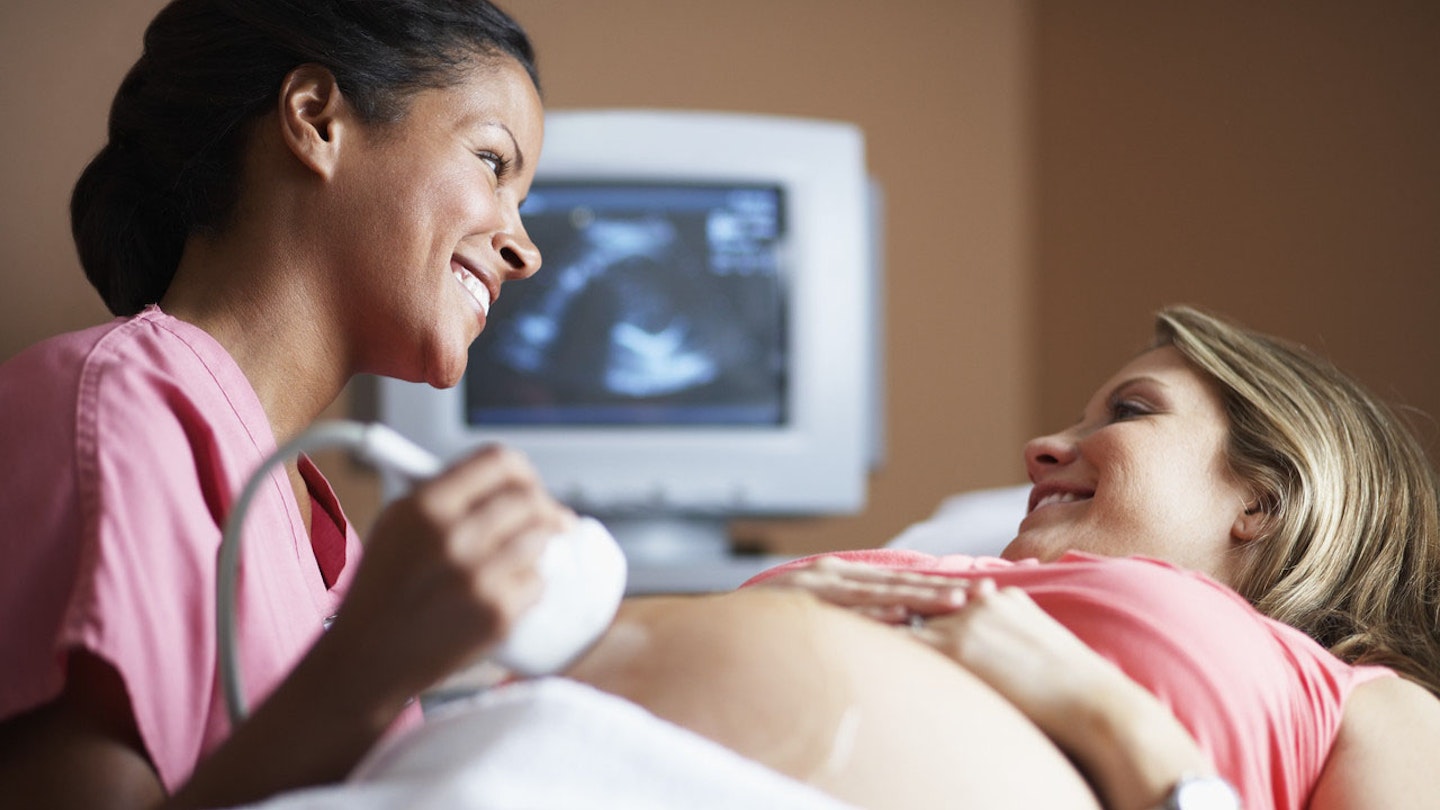If you’re hoping to give birth naturally after a c-section, follow these tips to increase your chances
More and more women are able to give birth naturally after a c-section (VBAC), according to research. ‘Natural births mean quicker post-birth recovery, better bonding with the baby, higher chance of breastfeeding and your baby having a lower risk of asthma,’ says Tahir Mahmood, consultant obstetrician and gynecologist. ‘We should encourage more women to have VBAC.’ We take a look at how to improve your chances of having a vaginal birth after a caesarean.
Get the back story
Before making any decisions you should talk with your midwife or GP to assess your chances. ‘Having a VBAC depends heavily on the reason for your initial caesarean and your midwife will be able to predict what your chances are of a natural birth this time,’ says Tahir.
Your chance of VBAC success also improves if:
-
You’ve had at least one vaginal birth before your c-section
-
It’s been over 18 months since you had you c-section
-
You have no obstetric problem like placenta previa or a large fibroid that would make a vaginal delivery risky
Your chance may be lower if:
-
You’re older than 34
-
You have a body mass index (BMI) that is over the healthy range
-
You are currently pregnant with a baby who will have a high birth weight (over 8.8 lb)
-
If your pregnancy goes beyond 40 weeks of gestation
Manage your weight
‘Big babies tend to have long labours and this means you’re more likely to have a c-sections,’ says Tahir. Achieving a healthy weight between pregnancies can help and if you’re already pregnant aim for a healthy weight gain. Most pregnant women gain between 8kg and 14kg (17.5lb to 30lb), putting most of the weight on after week 20.
Eat your five-a-day of fruit and vegetables and swapping processed food and high-fat high-sugar snacks and healthier options. ‘Your body needs nutrients to function and a well-balanced diet will increase your chance,’ says Tahir. ‘Before you become pregnant ensure your BMI is in the healthy region of between 20-25 as there’s a link between high BMI and high caesarean rates.
Keep your blood pressure down
High blood pressure or hypertension affects around 10-15 per cent of pregnancies. There are different types of high blood pressure in pregnancy, like chronic hypertension (where the high blood pressure was present before pregnancy) and pregnancy-related high blood pressure (pre-eclampsia). If you’ve had symptoms of high blood pressure during your previous pregnancy, you’re 20 per cent more likely to have it in this pregnancy. ‘Monitor blood pressure levels with the help of a midwife,’ says Tahir. While the type of treatment will depend on the cause, you should keep active and get some physical activity each day, such as walking or swimming. Eating a healthy, balanced diet and keeping your salt intake low will also help.
Slash stress
Was it fear that led to your first c-section? You may now feel stressed about your next labour. Try relaxation techniques, like breathing exercises or hypnobirthing, to calm your nerves. You can do this independently or with the help of your midwife and start during the run up to your birth as well as during labour. ‘We always encourage women to try stress-relieving exercises,’ says Tahir. The calmer you feel the less likely you are to have a long labour and that will decrease your chances of a c-section.
Be patient
Don’t expect everything to go to plan and your delivery to be on time. Often labour doesn’t start until after your due date, so while it may take longer than expected, you could still have a healthy, natural birth.
